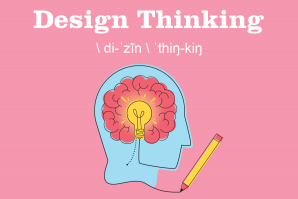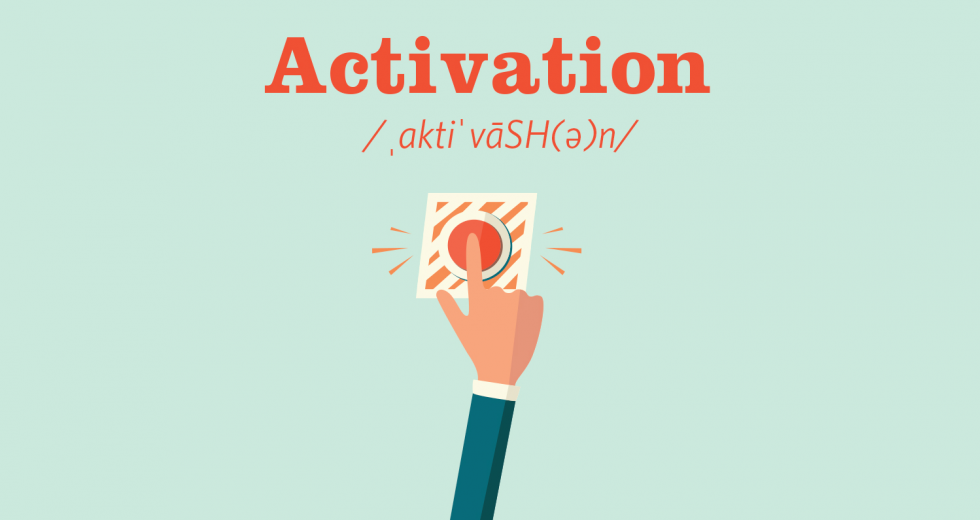You may have found yourself within a brand “activation” — the art of driving consumer action through brand interaction and experiences — and not even known it. A relatively new word to the marketing industry, activations provide consumers the opportunity to experience a brand in an organic way.
/ˌaktiˈvāSH(ə)n/
For advertising to be effective and resonate with its intended audience, it must strike an emotional chord. Activations take this one step further by immersing the consumer in an experience that’s often sensorial or physical.
The Buzz
While the idea of planning an activation around your brand is seductive, Sarah Barkawi, Fulcrum Property’s vice president of marketing, warns against “throwing the concept at something that’s not the right fit.” A successful activation must be executed thoughtfully and in accordance with what the community or target customer is already doing. Barkawi says, “You can’t just pick a location you feel like needs activation and make a farmers market if it’s not a walkable community.”
Activations have a tendency to be crammed into a marketing mix as a means to create buzz — but that doesn’t mean they have value. “You can’t just force something because it’s a popular concept,” Barkawi says. One needs to consider, “How does it impact the space that I’m activating, how am I incorporating the people who actually inhabit this space, and does it make sense?”
While it’s crucial to establish a clear sense of how to experience an activation, Barkawi advises against being too prescriptive. Strategies like requiring influencers to use too many hashtags or mandating a certain number of social posts that promote the activation can crush its experiential, organic spirit.
The Word
To create a meaningful, memorable brand activation, do it responsibly, keeping in mind the people you’re targeting or inviting. If it’s a public space, create opportunities to spend meaningful time, like sharing a meal. Barkawi cites New York City’s “Vessel,” the new climbable, honeycomb-shaped art installation as beautiful but also as a missed opportunity to provide a way to do more than just pass through it.
This idea of creating an experience marks a shift in the way marketers are measuring their return on investment, which doesn’t always equate to sales. “Whether people are buying something or not, I feel like that’s more irrelevant these days. It’s more about [brands wanting] energy in their spaces,” Barkawi says.
Barkawi also says focusing on creating a valuable experience is more important than what you can squeeze out of customers. “With the activations I’ve put on, my goal has always been to create a really incredible experience … do not ask your guests to do anything — just come and enjoy and experience. … If you focus on creating an experience where your consumer gets to engage directly with the brand or the campaign or the space, I think everything comes naturally after that.”
Recommended For You

Buzzwords: Design Thinking
A methodology that provides a solution-based approach to solving problems.
Various iterations of “design thinking” have come into play over the years, but the process as we currently know it consists of five steps: empathize, define, ideate, prototype and test.

Buzzwords: Fake News
Although “fake news” seems to have emerged from today’s political climate, it’s hardly a new concept. Some American newspapers were printing fabricated information back in the 17th century. What’s new is how “fake news” is now used as a weapon to discredit real news with an intent to deceive. It also now has the power to gain traction via social media.



